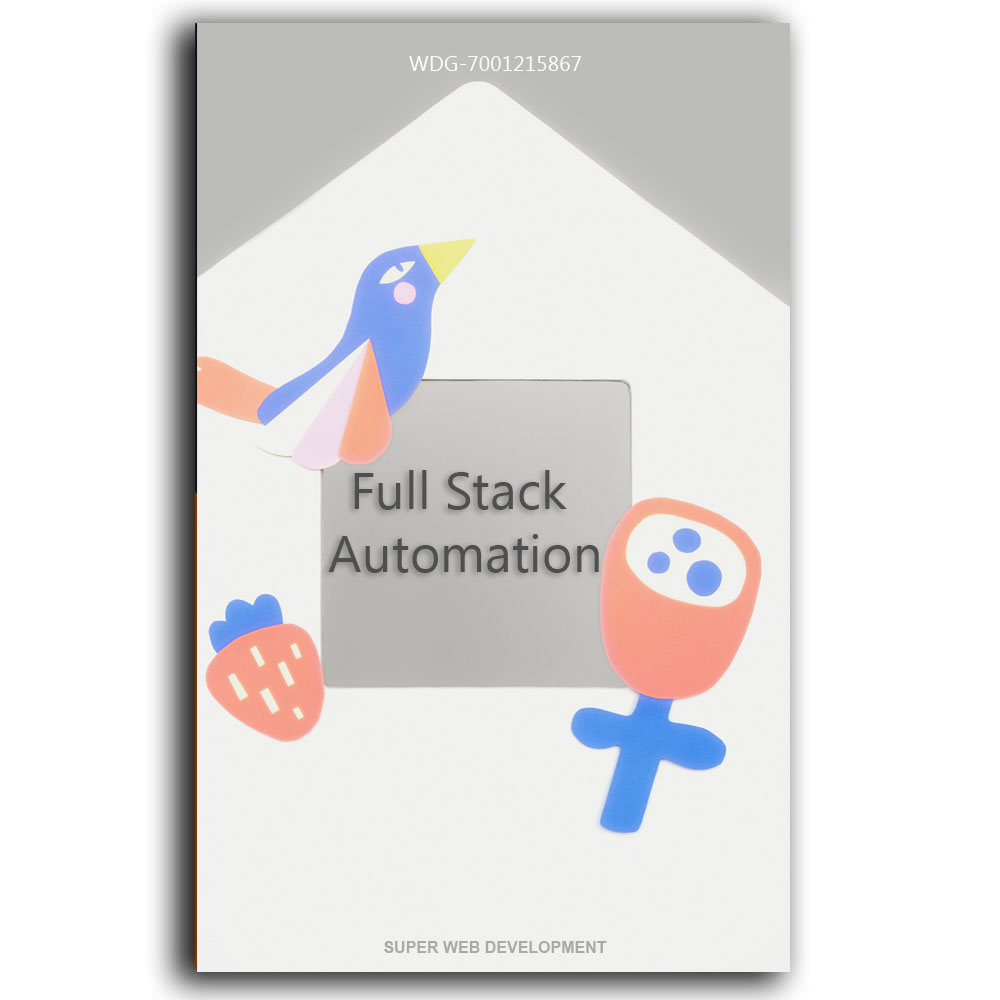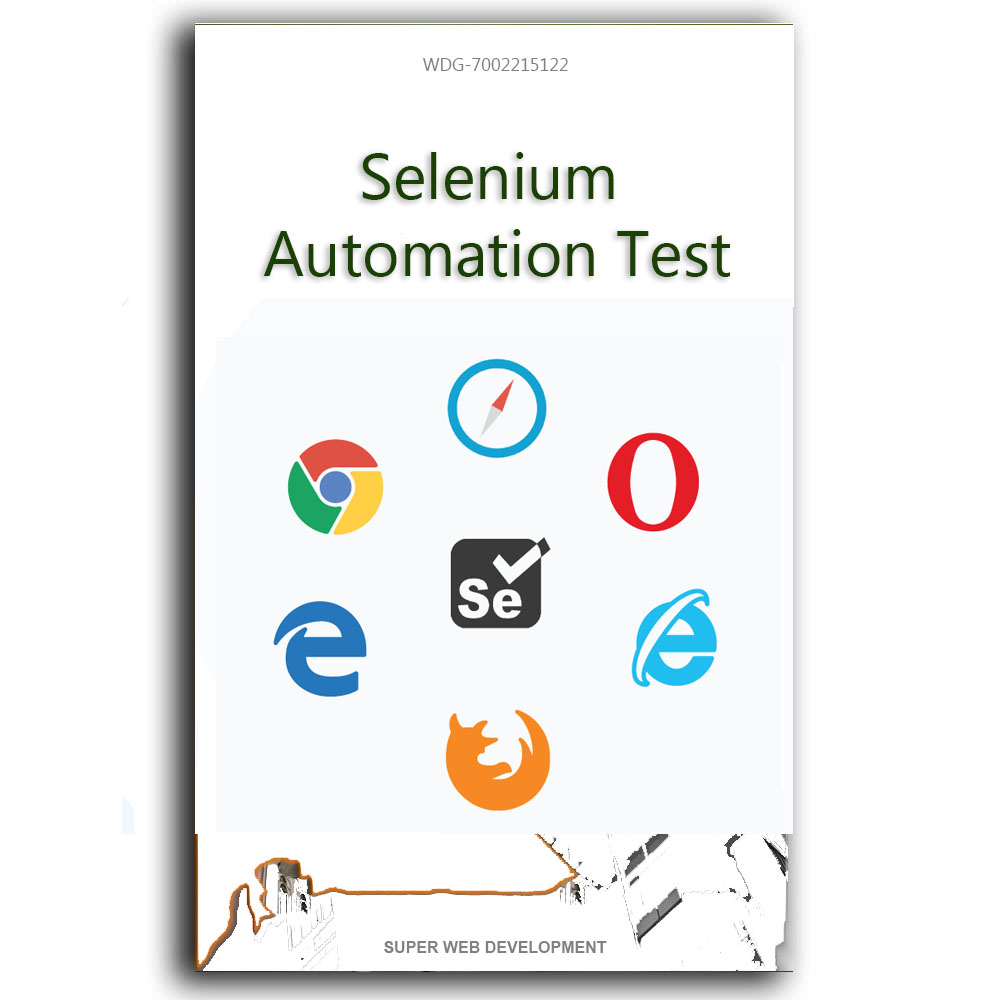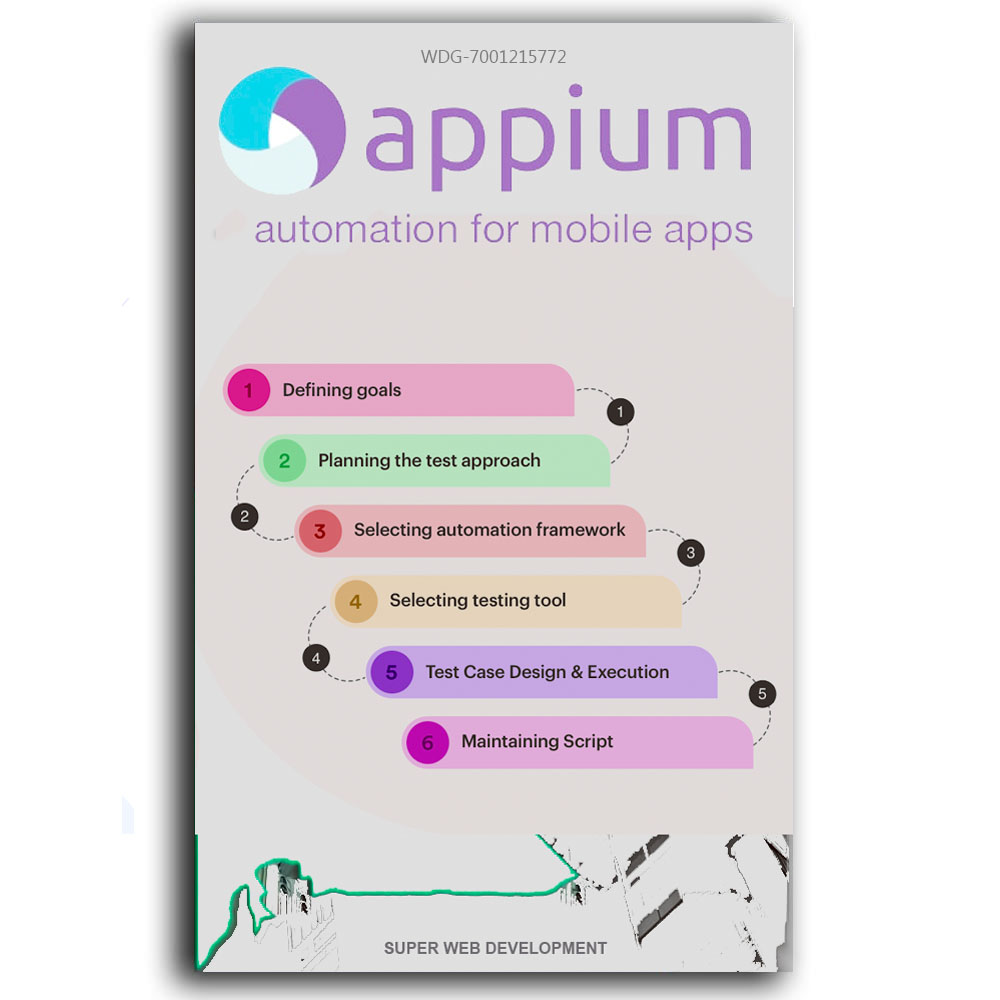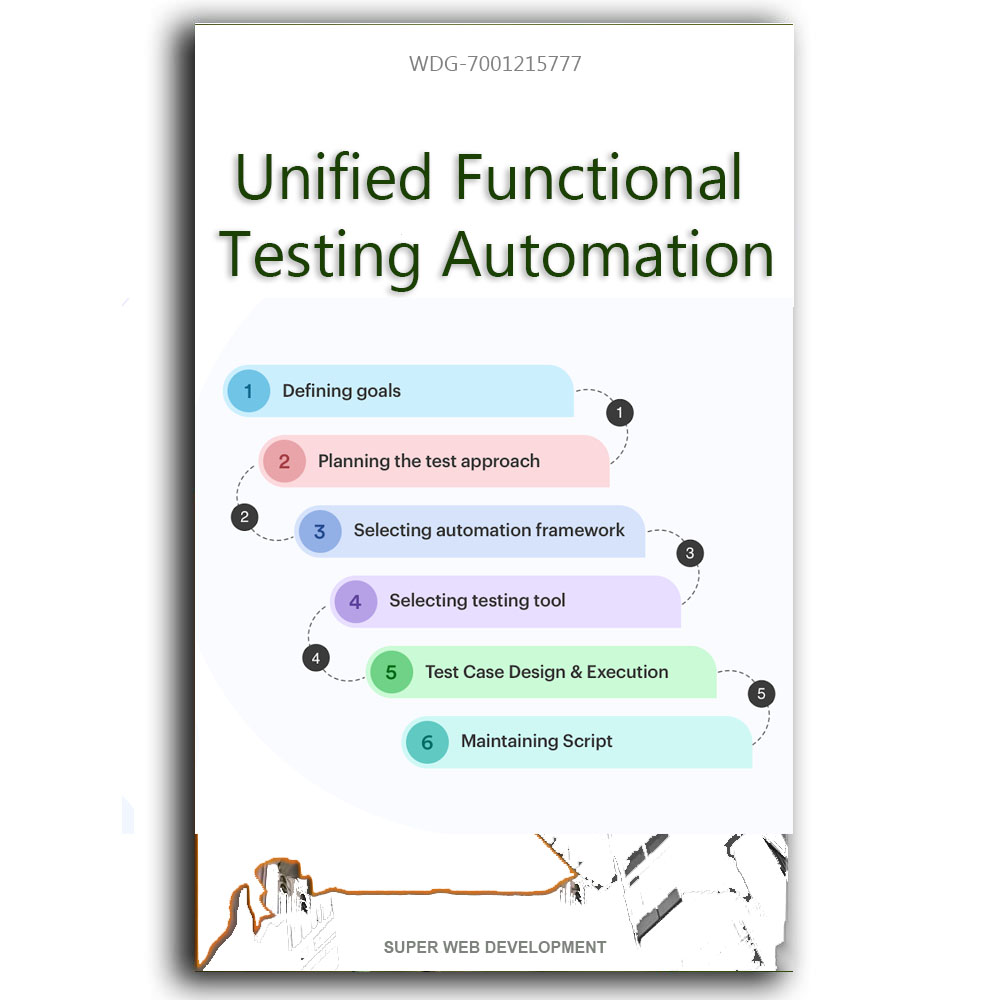Full Stack Automation
Full stack automation is used by various individuals and organizations involved in software development and deployment. Here are some key stakeholders who commonly utilize full stack automation:
- Software Development Teams
- DevOps Teams
- System Administrators
- Quality Assurance (QA) Teams
- IT Operations Teams
- Cloud Service Providers
- Enterprises and Organizations
Full stack automation is not limited to a specific role or industry. It is widely embraced across various sectors, including technology, finance, healthcare, e-commerce, and more. The benefits of full stack automation are applicable to any organization that aims to enhance its software development practices and optimize its operational efficiency.
Full stack automation refers to the practice of automating processes and tasks across all layers of a software application stack. It involves automating the entire software development lifecycle, including development, testing, deployment, and infrastructure management.
Here are the key components and areas where full stack automation can be applied:
- Development Automation: This involves automating the process of creating and managing code, such as code generation, code reviews, and version control. Tools like integrated development environments (IDEs) and source code management systems (e.g., Git) can be used to automate these tasks.
- Testing Automation: Automating testing is crucial to ensure the quality and reliability of software applications. This includes automating unit tests, integration tests, and end-to-end tests. Tools like Selenium, JUnit, and TestNG are commonly used for test automation.
- Continuous Integration/Continuous Delivery (CI/CD): CI/CD pipelines automate the process of building, testing, and deploying software applications. This involves automating tasks like code compilation, running tests, and deploying to production environments. Popular CI/CD tools include Jenkins, Travis CI, and GitLab CI/CD.
- Infrastructure Automation: Infrastructure as Code (IaC) tools like Terraform and AWS CloudFormation enable the automation of infrastructure provisioning and configuration. This allows developers to define and manage infrastructure resources using code, ensuring consistency and scalability.
- Monitoring and Alerting Automation: Automating the monitoring of software applications and systems helps in identifying issues and taking proactive actions. Tools like Prometheus, Grafana, and Nagios can be used to automate monitoring, alerting, and reporting.
- Security Automation: Security practices can also be automated, such as vulnerability scanning, security testing, and compliance checks. Tools like OWASP ZAP, Nessus, and SonarQube help automate security-related tasks.
- Deployment Automation: Automating the deployment process helps in reducing manual errors and streamlining the release cycle. Tools like Kubernetes, Docker, and Ansible can be used to automate deployment and orchestration tasks.
By applying full stack automation, organizations can achieve faster time-to-market, improved quality, increased scalability, and reduced operational costs. It enables developers and operations teams to focus on higher-value tasks while repetitive and error-prone tasks are automated.
User Reviews
Only logged in customers who have purchased this product may leave a review.







There are no reviews yet.